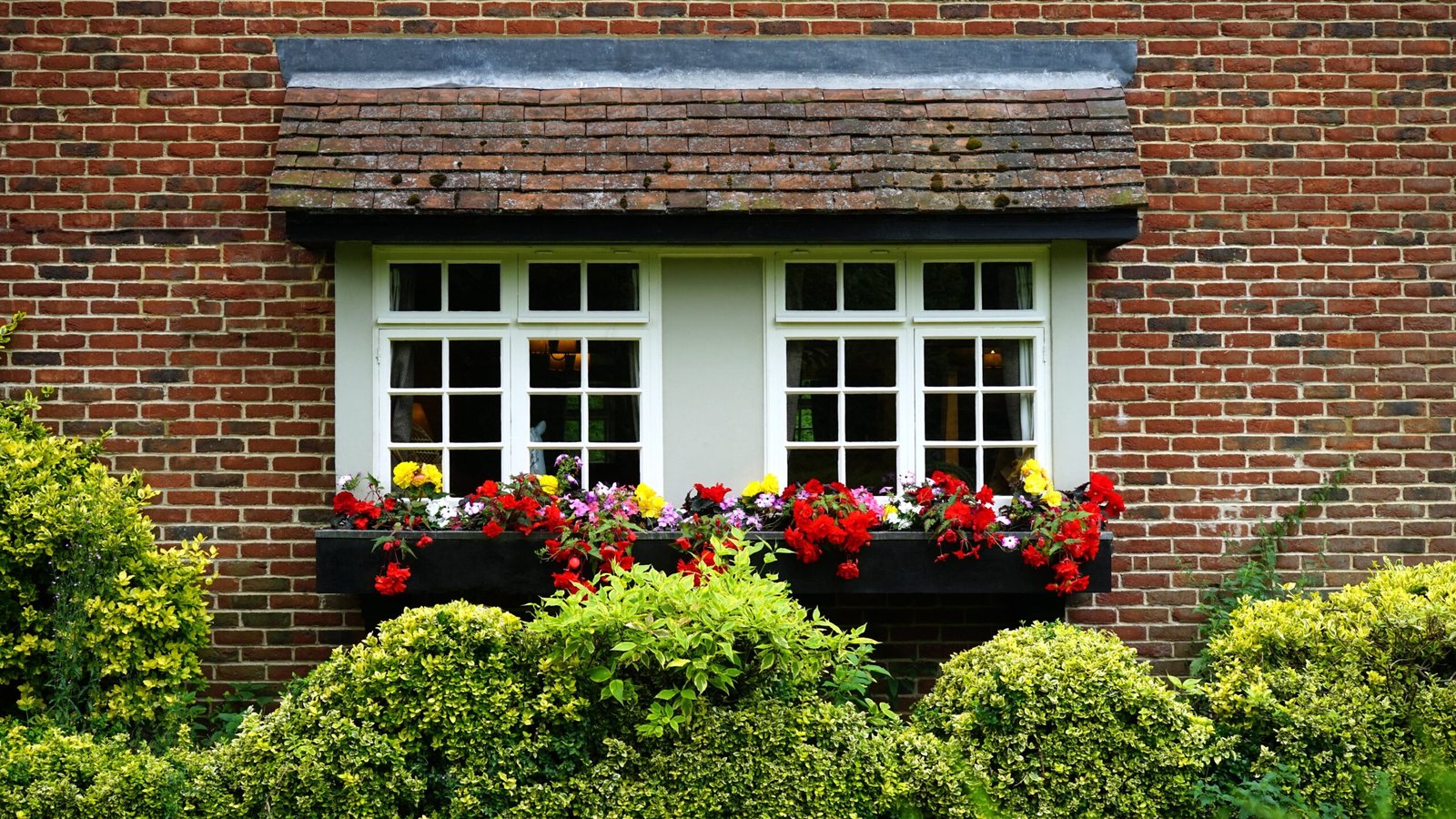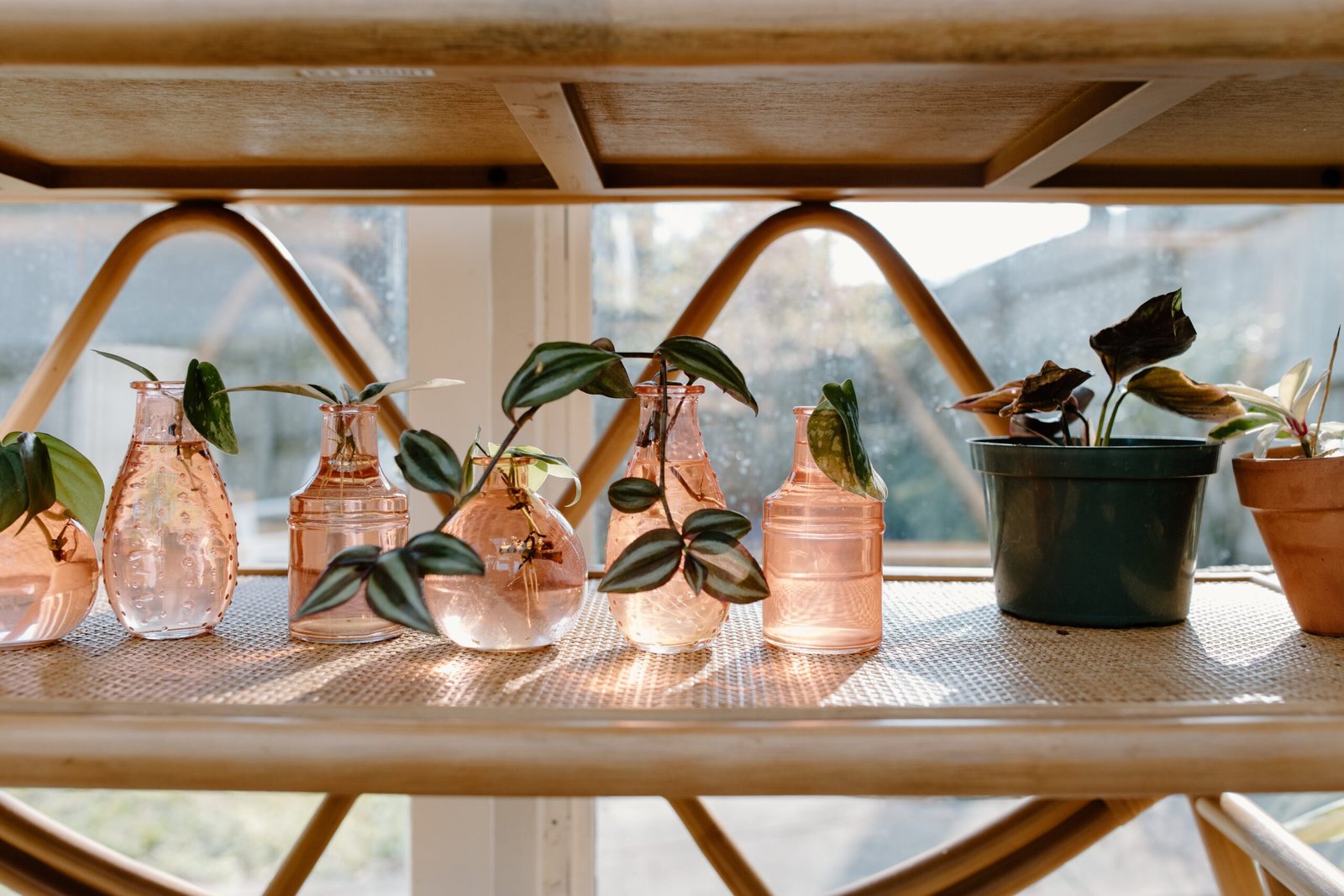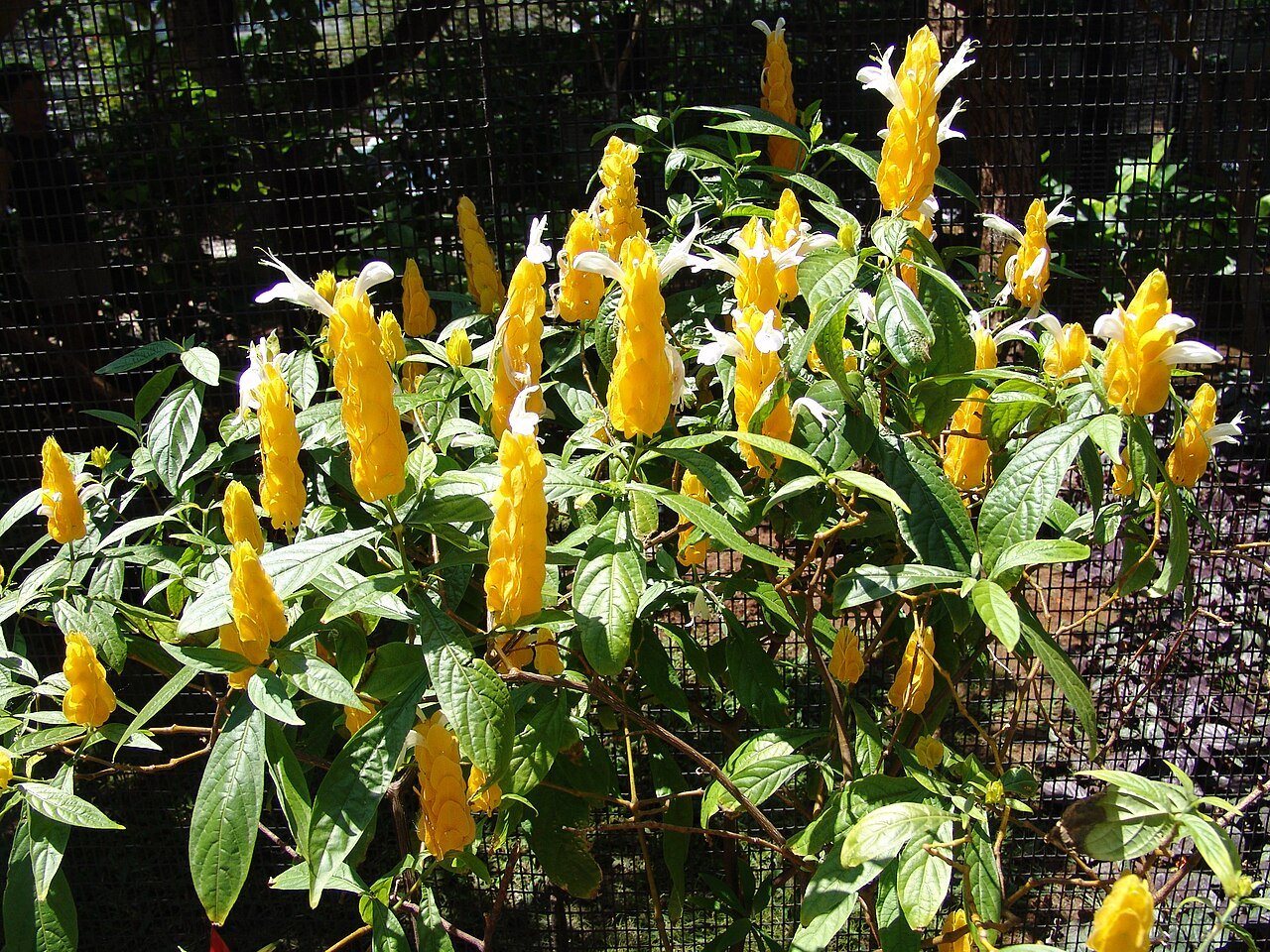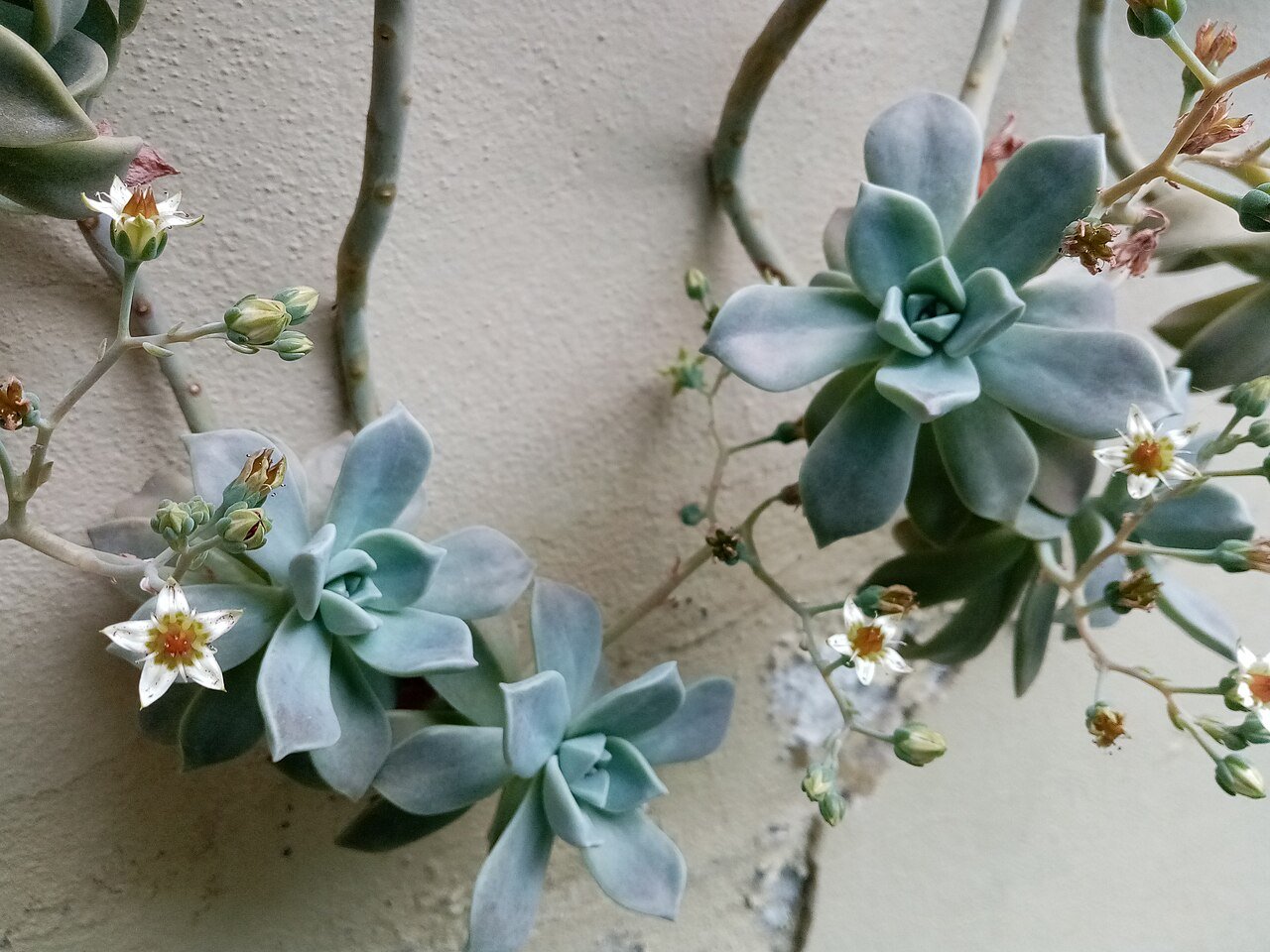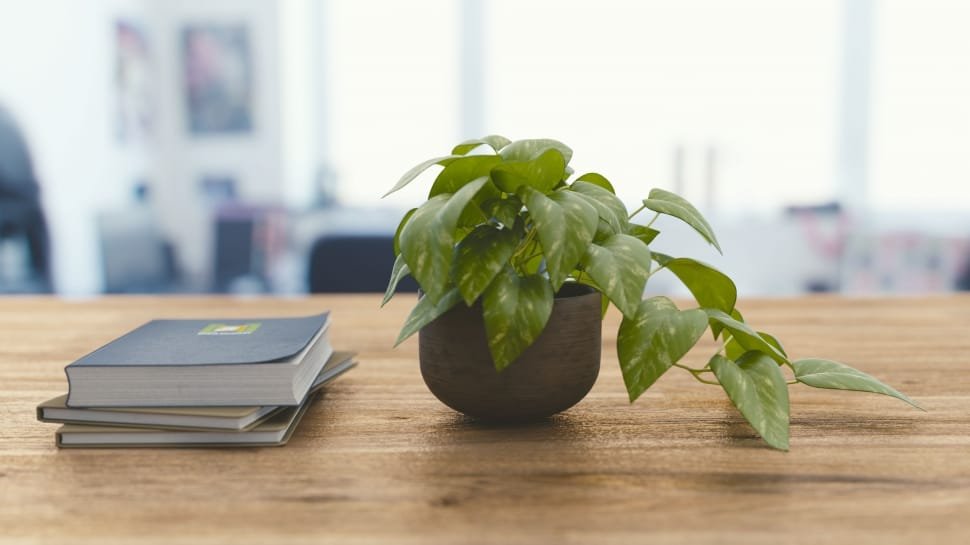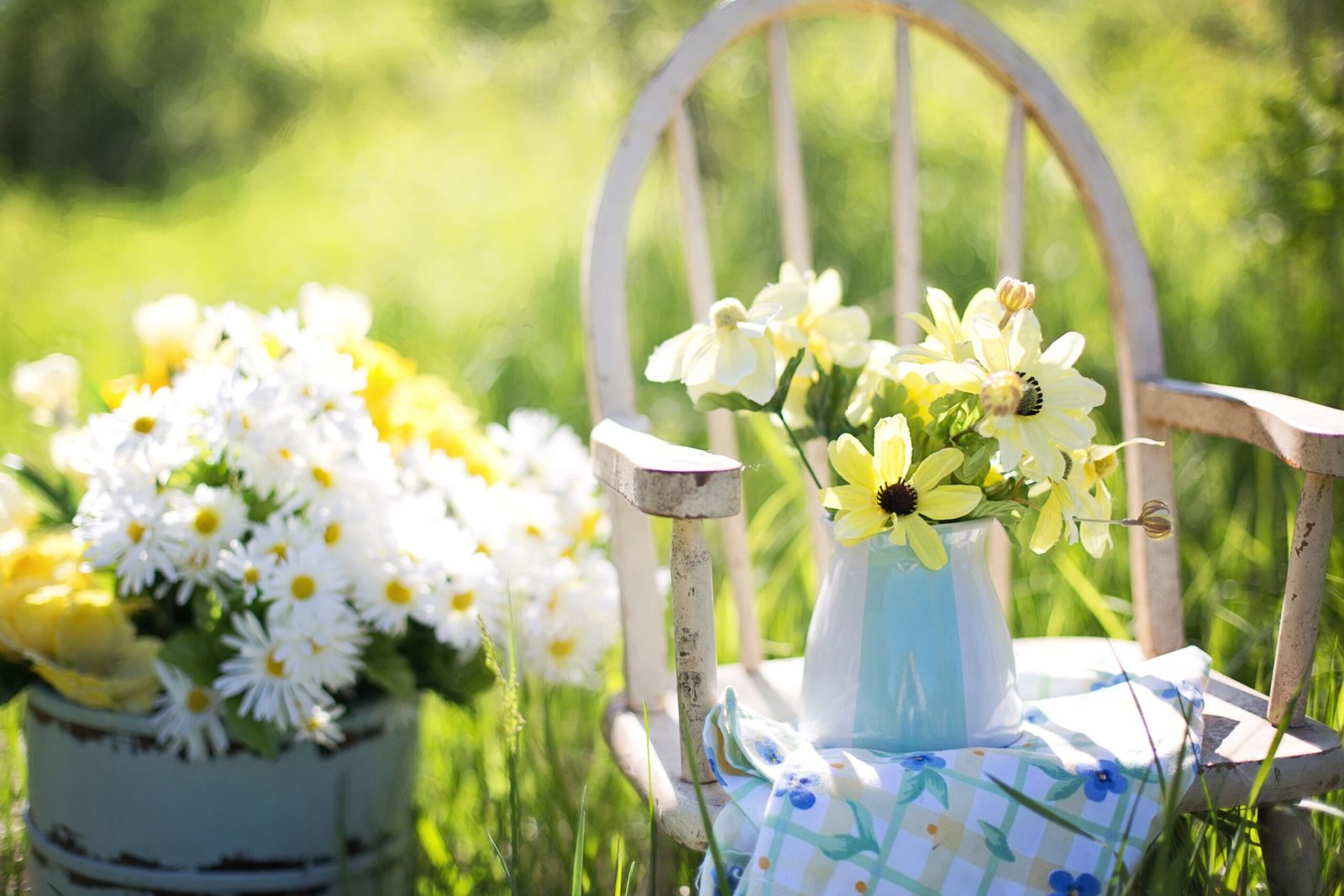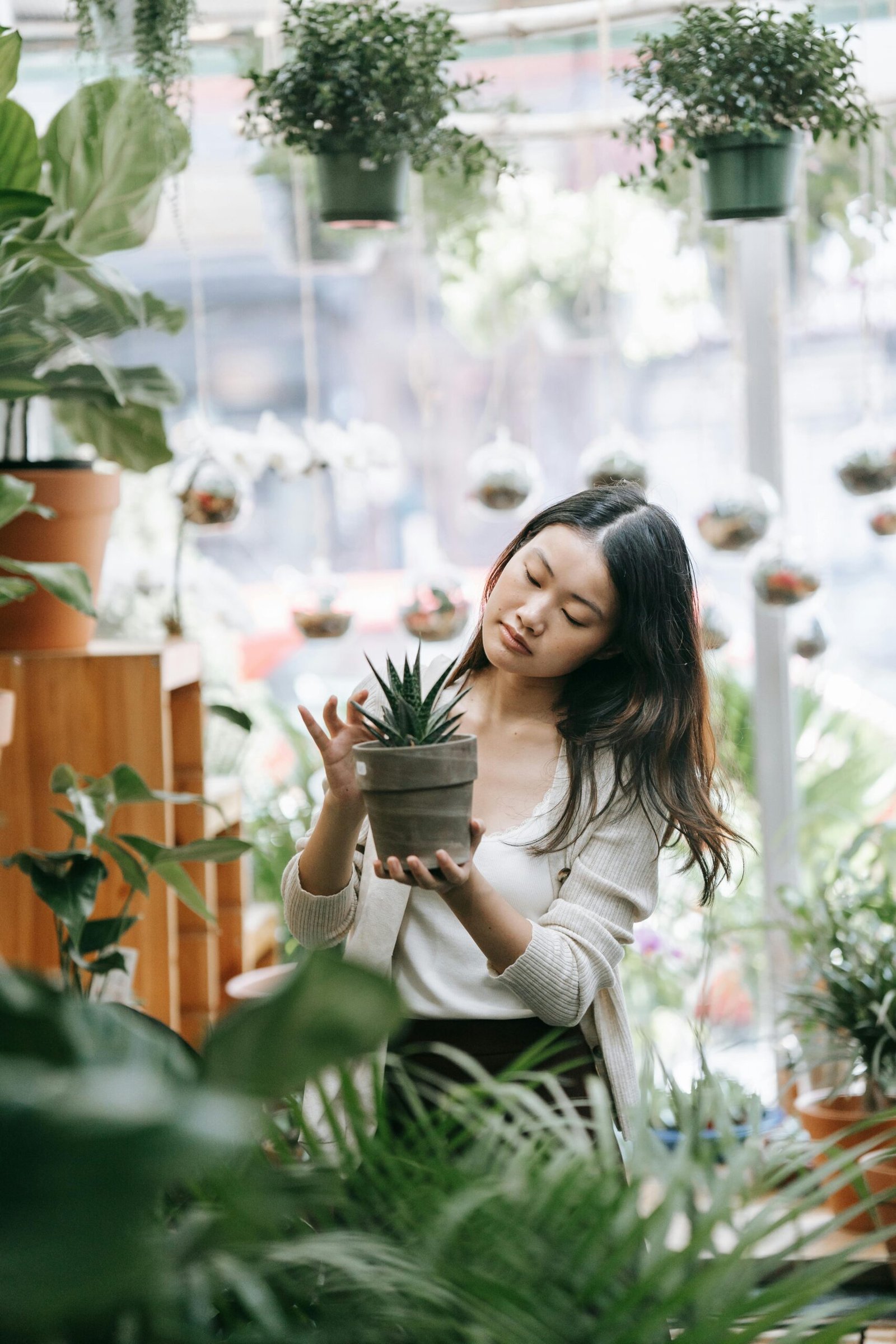In the world of home gardening, where every plant has its own story to tell, the Lollipop Plant emerges as a captivating character, bringing a touch of whimsy and charm to your green sanctuary.
As we delve into this horticultural journey, we’ll explore the enchanting world of the Lollipop Plant and the art of growing it in your garden. Whether you’re a seasoned gardener or just starting your home gardening adventure, this blog is your guide to nurturing and showcasing the unique beauty of the Lollipop Plant.
Join us as we unravel the secrets of growing this delightful plant, celebrating its vibrant presence in your garden. With its playful appearance and easy care, the Lollipop Plant is not only a garden delight but also a source of joy for every home gardening enthusiast. Let’s dig in and discover why it’s a treasure worth cultivating.
Table of Contents
What are the characteristics of a lollipop plant?
Lollipop plants boast striking features, including dark green lance-shaped leaves that can reach lengths of up to 15 cm. These leaves are arranged opposite each other along the stems. The plant’s true white flowers take on a slender and tubular form, partially concealed by vibrant yellow bracts that form an eye-catching, four-sided inflorescence.
What is the plant that looks like a lollipop?
The plant that resembles a lollipop and is often referred to as the “Lollipop Flower” is the Pachystachys lutea. This delightful plant is known for its continuous blooming and features spires of yellow, rocket-shaped inflorescences that indeed resemble lollipops about to take flight.
Why is it called lollipop plant?
The lollipop plant is called so because of its striking resemblance to lollipops due to its vibrant, candy-colored flowers. These colorful blooms give the plant a playful and visually appealing look, reminiscent of the sweet treats known as lollipops. As a result, the name “lollipop plant” is a fitting and descriptive term for this tropical evergreen shrub. Additionally, it’s worth noting that the lollipop plant is also commonly known as the “golden shrimp plant.
Creating Optimal Growing Conditions for Lollipop Plants
Lollipop plants flourish in warm and humid climates, making them a perfect addition to tropical and subtropical regions. To ensure their thriving growth, it’s essential to provide partial shade, protecting their delicate foliage from the harsh effects of direct sunlight. Aim for around 4 to 6 hours of indirect sunlight daily to promote their health and vibrancy.
Optimal Soil and Watering Guidelines for Lollipop Plants
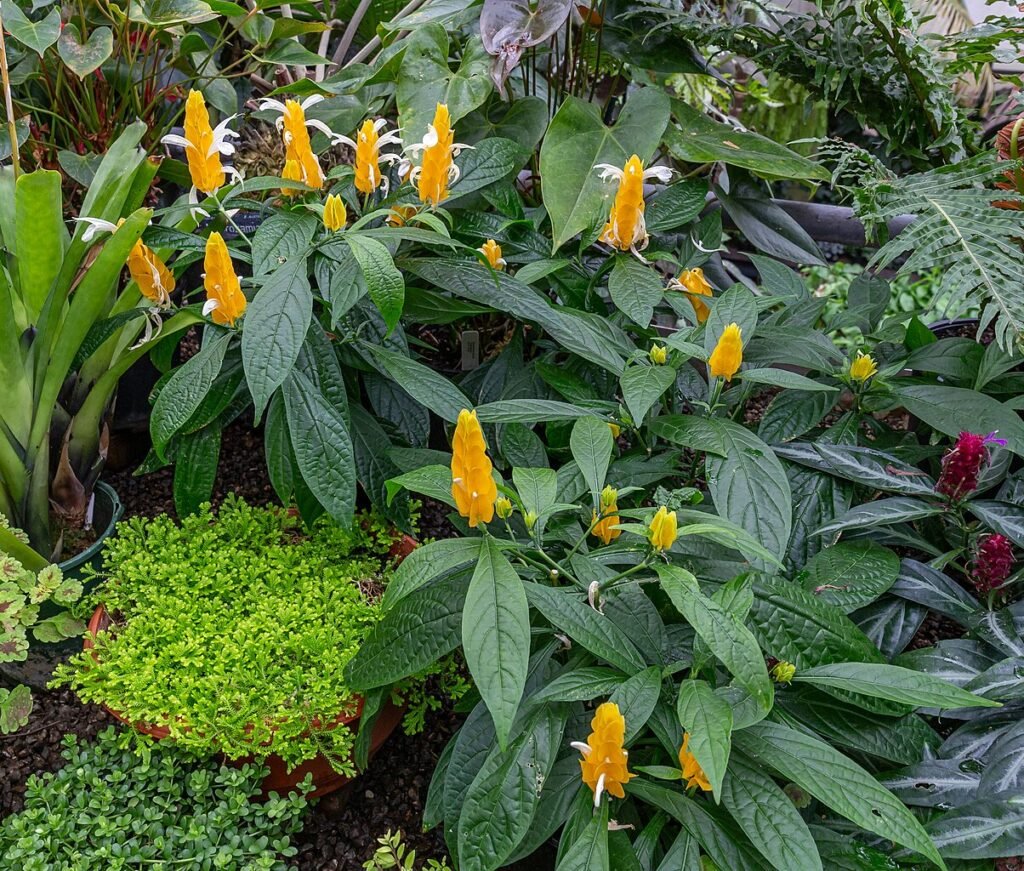
Choose the Right Soil Type: When cultivating lollipop plants, opt for well-draining, loamy soil that’s been enriched with organic matter. This type of soil provides the ideal foundation for their growth.
Importance of Organic Matter
Incorporating organic matter, such as compost, into the soil can enhance its structure and fertility. Lollipop plants thrive in soil that is rich in nutrients, ensuring they receive the essential nourishment for healthy development.
Regular and Consistent Watering
To maintain the ideal growing conditions, lollipop plants appreciate regular watering. Aim to keep the soil consistently damp, ensuring it doesn’t dry out completely between waterings.
Avoid Overwatering
While regular watering is important, be cautious not to overwater the plants. Excessive moisture can lead to root rot, which can harm the lollipop plant. Strike a balance by allowing the soil to dry slightly between waterings.
By following these soil and watering guidelines, you can create the perfect environment for your lollipop plants to thrive and flourish in your garden.
Pruning and Maintenance Tips for Lollipop Plants
Encourage Bushier Growth
Regular pruning is a key practice to stimulate bushier growth in lollipop plants. By selectively trimming back leggy or overgrown stems, you can help the plant maintain a more compact and appealing appearance.
Enhance Flower Production
Pruning plays a crucial role in enhancing flower production. By removing excess foliage and old, unproductive stems, you direct the plant’s energy towards the development of new and vibrant blooms.
Maintain a Tidy Look
Keeping your lollipop plant looking tidy and well-groomed is another benefit of pruning. This practice ensures that your garden or landscape maintains an attractive and neat appearance.
Deadhead Faded Flowers
To promote continuous blooming, it’s important to deadhead or remove faded flowers. This not only improves the plant’s aesthetic but also encourages the emergence of fresh, colorful blossoms.
Incorporating regular pruning and maintenance into your lollipop plant care routine will help you achieve a healthier, more prolific, and visually pleasing garden addition.
Fertilization Guidelines for Lollipop Plants
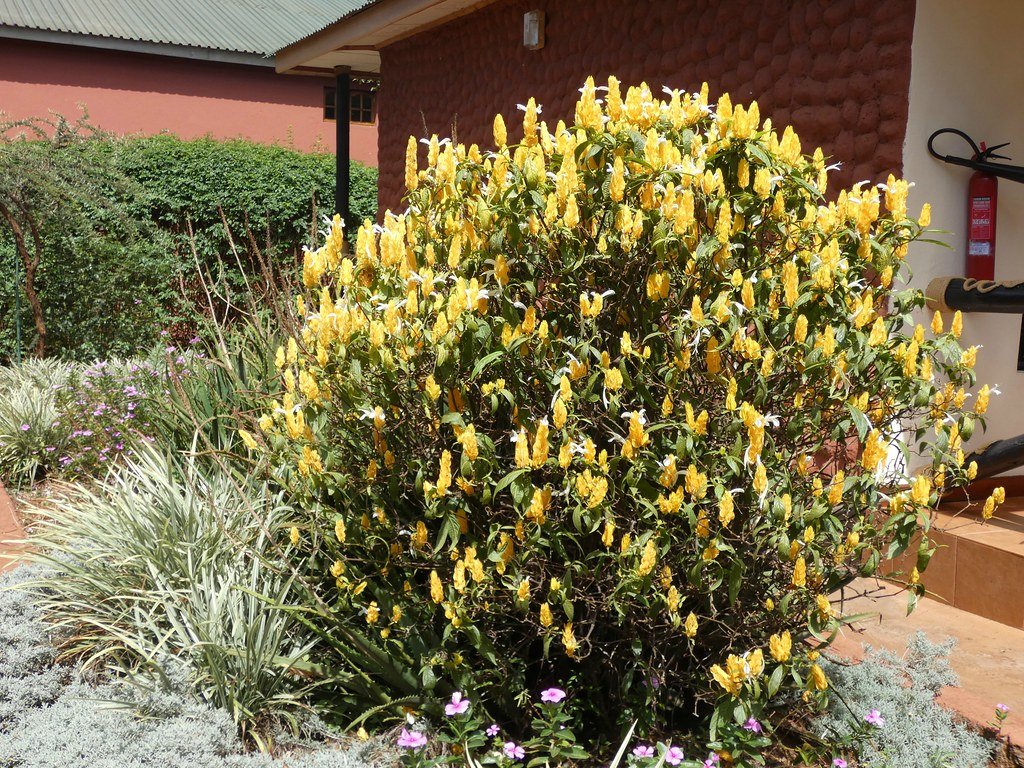
Select a Balanced Fertilizer
Choosing the right fertilizer is crucial for the well-being of your lollipop plant. Opt for a balanced, water-soluble fertilizer that contains essential nutrients like nitrogen, phosphorus, and potassium. This will provide your plant with the necessary elements for healthy growth and robust flowering.
Feeding Frequency
During the growing season, it’s advisable to feed your lollipop plant every two to three weeks. This regular feeding schedule ensures a steady supply of nutrients to support its development.
Proper Dosage
Always follow the dosage instructions provided on the fertilizer packaging. Over-fertilizing can harm the plant, so it’s essential to use the correct amount.
By adhering to these fertilization guidelines, you can promote the health and vitality of your lollipop plant, encouraging it to flourish with lush foliage and abundant, vibrant flowers.
Where to Buy Lollipop Plants for Your Garden
If you’re enthusiastic about adding the captivating lollipop plant to your garden, you’re in luck – these delightful plants are easily accessible and can be found at a variety of sources. Whether you prefer to shop in person or online, there are convenient options to suit your needs.
Local Nurseries and Garden Centers
One of the most traditional and enjoyable ways to acquire lollipop plants is by visiting your local nurseries or garden centers. These brick-and-mortar establishments often offer a diverse selection of plants, including different varieties of lollipop plants. By exploring your nearby nurseries, you can personally inspect the plants and seek guidance from knowledgeable staff to make the best choice for your garden.
Online Plant Stores
In today’s digital age, online shopping for plants has become increasingly popular and convenient. Reputable online plant stores provide a wide array of lollipop plant varieties, making it easy for you to browse and select the perfect addition to your garden from the comfort of your home. Many online platforms also offer detailed descriptions and customer reviews to help you make an informed decision.
Variety of Lollipop Plant Options
When you embark on your search for lollipop plants, you’ll discover a fascinating array of choices. Lollipop plants come in various species and colors, each with its unique charm. Whether you’re looking for a specific variety or open to exploring different options, you’ll find a wealth of possibilities to enhance your garden’s beauty.
Selecting the Perfect Lollipop Plant Variety for Your Garden
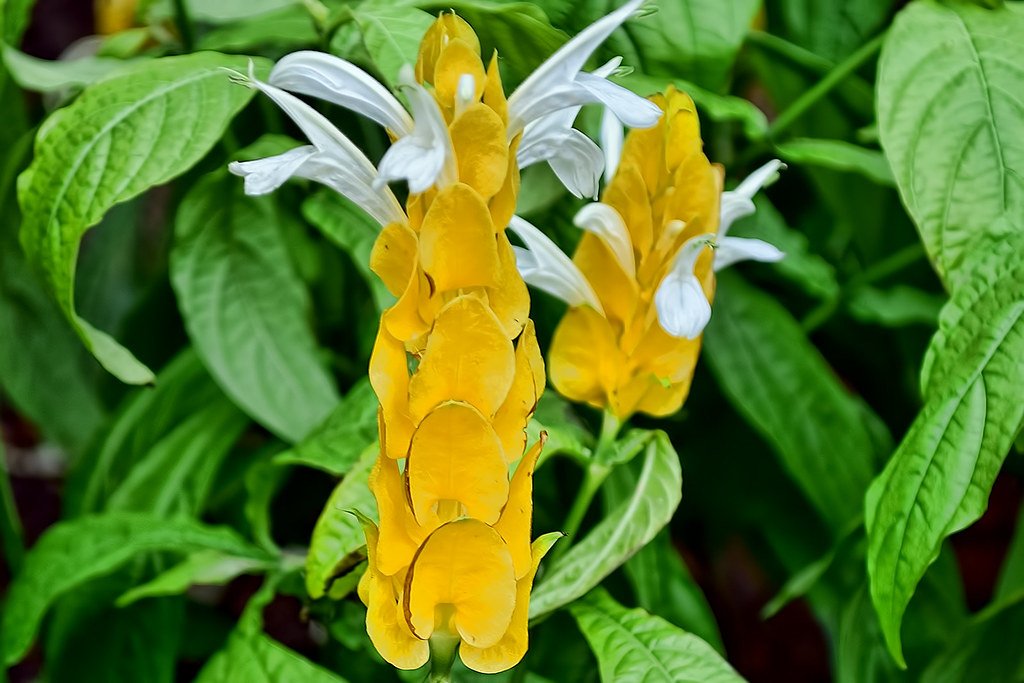
When it comes to choosing a lollipop plant for your garden, you have a delightful array of options to explore. While the classic golden shrimp plant (Pachystachys lutea) remains a popular choice, there are also captivating variations available, featuring bracts in shades of pink, orange, and red. To ensure your garden reflects your unique vision, consider the following factors when selecting the ideal lollipop plant variety:
Color Harmony with Your Garden
Evaluate your garden’s existing color scheme and the hues of surrounding plants. Select a lollipop plant variety whose bract color complements or contrasts harmoniously with the overall aesthetic of your garden. For instance, the golden lollipop plant can add a touch of warmth, while pink or red varieties can introduce vibrant pops of color.
Personal Preferences
Your personal preferences play a significant role in choosing the right lollipop plant variety. Think about the colors that resonate with you and bring you joy. Whether you’re drawn to the classic golden hue or prefer the allure of pink, orange, or red, select a variety that resonates with your gardening style and preferences.
Garden Design Goals
Consider the overall design goals you have for your garden. Are you aiming for a specific theme or ambiance, such as a tropical paradise or a vibrant, eclectic space? Your choice of lollipop plant variety can help you achieve these design objectives and contribute to the desired atmosphere.
Climate and Growing Conditions
Be mindful of your local climate and the specific growing conditions in your area. Some lollipop plant varieties may be better suited to your region’s climate and soil type. It’s essential to choose a variety that thrives in your local environment to ensure its health and longevity.
By taking these factors into account, you can make an informed decision when selecting the perfect lollipop plant variety for your garden. Whether you opt for the classic golden shrimp plant or one of its colorful variations, your choice will contribute to the vibrancy and beauty
As we’ve explored the art of growing the Lollipop Plant in the realm of home gardening, you now possess the knowledge and inspiration to cultivate this delightful addition to your garden.
With its whimsical appearance and straightforward care requirements, the Lollipop Plant offers a touch of playfulness and elegance to your gardening space. Whether it graces your indoor garden, brightens up a patio, or finds a cozy spot in your outdoor landscape, it’s a testament to the joy that gardening brings.
As you continue your gardening endeavors, remember that the Lollipop Plant is more than just a decorative element; it’s a symbol of the beauty and creativity that can flourish in your garden. So, nurture this garden delight, watch it thrive, and let it remind you that in the world of home gardening, every plant is a story waiting to be told, and the Lollipop Plant is a delightful chapter worth growing. Happy gardening!


